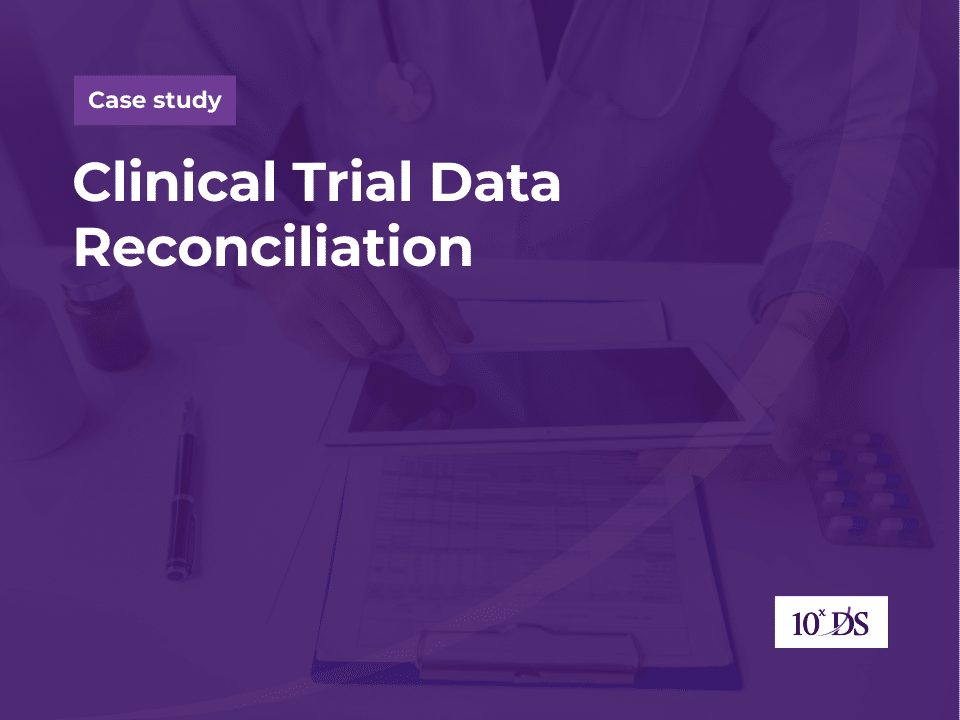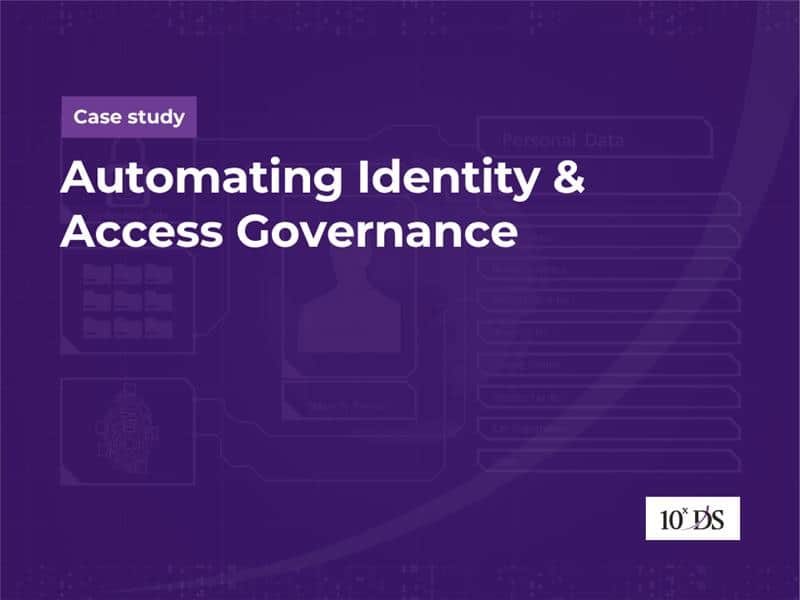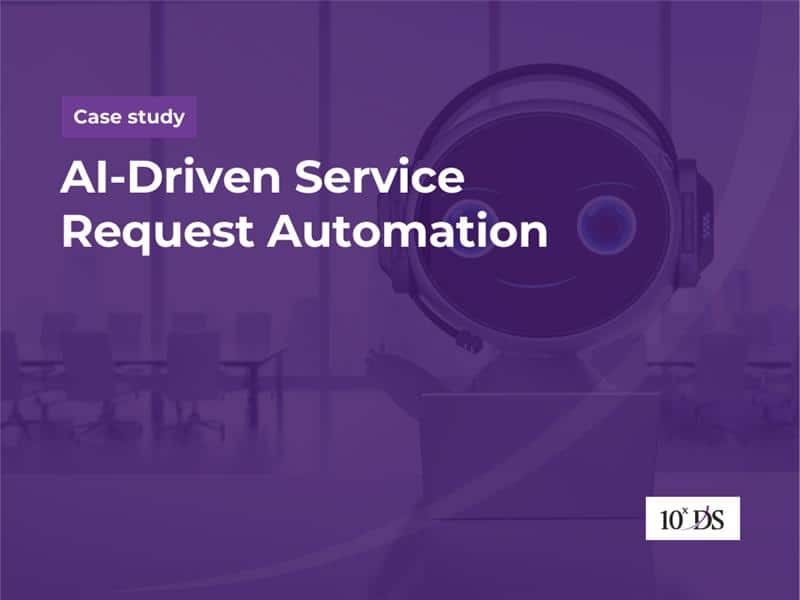
Clinical Trial Data Reconciliation
10xDS developed a solution concept that automates the data reconciliation between Safety Reports and Clinical Reports in context of Serious Adverse Events (SAEs) in Clinical Trials. Safety reports details adverse events or safety concerns observed during a clinical trial and Clinical reports provide detailed clinical assessments and analyses of the events.
Challenges
Clinical and safety reports come from various sources within research organizations and external collaborators, leading to discrepancies due to variability in data formats. Reconciling this information is challenging, especially given the stringent regulatory requirements for data reconciliation and reporting in clinical trials. Integrating data from different systems demands advanced techniques and a robust infrastructure, but limited interoperability between platforms hinders the process. Identifying potential safety signals or emerging risks within the reconciled data also requires sophisticated analytical methods and expertise, making the detection of subtle patterns in large datasets difficult without proper tools and resources.
How 10xDS Helped
Designed and implemented a solution concept where reports can be uploaded in the app during the Upload Phase, with the app notifying users of any missing data or inconsistencies after a primary validation. In the Correction Phase, the app allows users to correct any data based on the notifications from within the app. During the Reconciliation Phase, the app executes the reconciliation and makes a reconciled report available for preview within the app and for download. This solution provides increased quality and integrity of clinical trial data, timely identification and reporting of adverse events (AEs) and serious adverse events (SAEs), increased compliance with regulatory standards and guidelines, reduction in the risk of data-related issues impacting research outcomes, accurate and up-to-date information for informed decisions regarding participant management, protocol adjustments, and research continuation, and reduction in manual effort, duplication of work, and optimized resource allocation.


